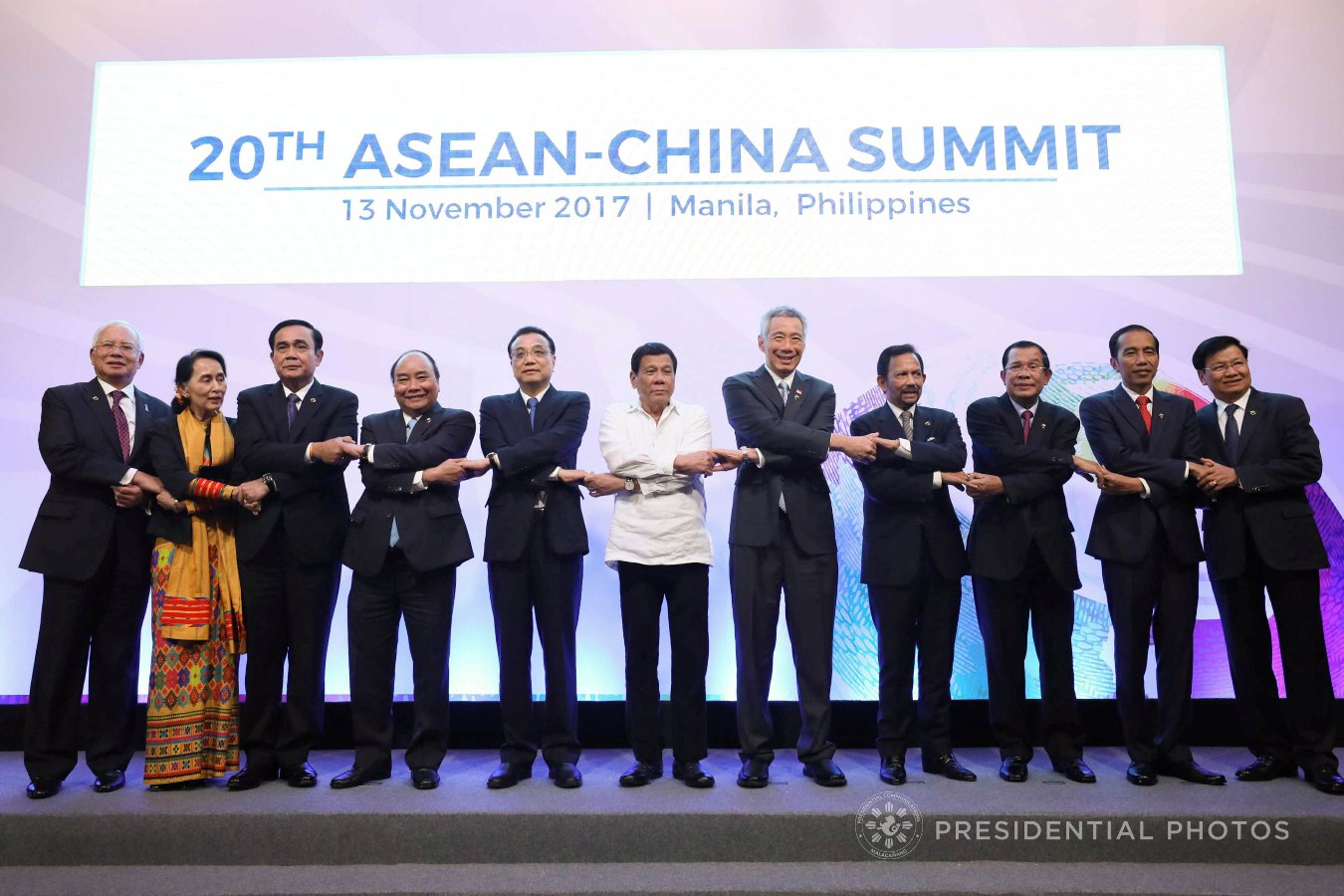
MANILA – The threat of armed confrontation in Southeast Asia had been reduced significantly after the ASEAN and China had agreed to start talks on a Code of Conduct in the South China, a defense official said Wednesday.
“The agreement between ASEAN and China to begin discussions on the Code of Conduct is a positive step towards achieving a peaceful, stable and secure region,” said Department of National Defense (DND) public affairs office chief, Arsenio Andolong.
“Aside from being a significant milestone, it is an indication that ASEAN and China are focusing on deeper cooperation rather than confrontation, which augurs well for all parties,” Andolong added.
On Monday, ASEAN leaders and China have agreed to start talks on the Code of Conduct based on the Framework approved by Foreign Ministers in August.
“China has graciously agreed to a Code of Conduct and it binds itself to the agreement,” President Rodrigo Duterte said following the conclusion of the 31st ASEAN Summit and Related Summits Tuesday.
He said China also pledged to adhere to the international principle of freedom of navigation and overflight in the strategic sea, where an estimated USD3 trillion worth of trade passes every year.